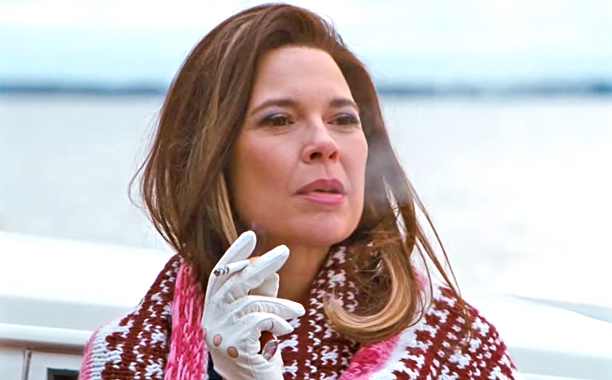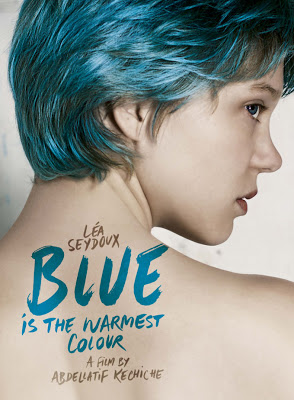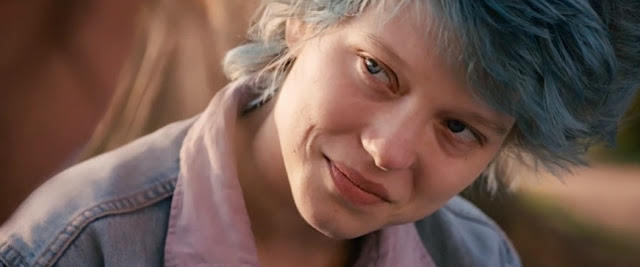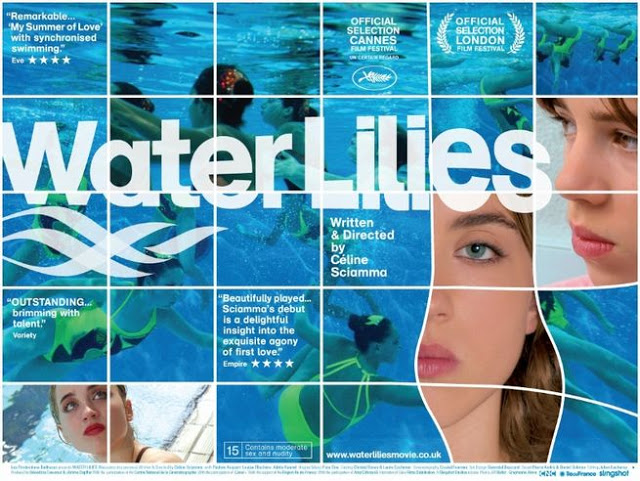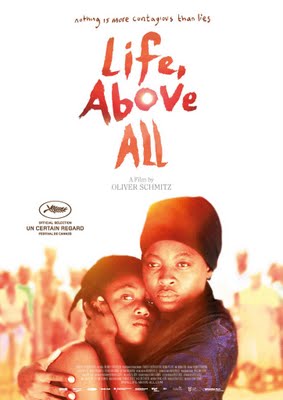This slightly modified repost by Ren Jender appears as part of our theme week on Bad Mothers.
The misunderstood, screwed-up manboy/hero is such a persistent trope in films that audiences are often tricked into empathizing with characters whose actions are more deserving of our scorn. At the end of Blue Valentine, when Ryan Gosling’s character separates from his wife, Michelle Williams’ character, and leaves the daughter they’ve raised together, I heard someone nearby say aloud, “Poor guy.” But Gosling had, just a scene before, shown up drunk at Williams’ workplace to terrorize and humiliate her (and ends up assaulting her boss, which results in her losing her job). The director and co-writer, Derek Cianfrance, could barely manage to see these actions from the point of view of Williams’ character: the one with whom our empathy would more naturally lie.
I went into Mommy, the magnificent film from out, gay, Québécois prodigy Xavier Dolan (he’s 26 and this feature is the fifth he’s written and directed) knowing that Anne Dorval, who plays the title character, was being touted in some awards circles as a possible 2014 nominee for “Best Actress” (she’s flawless in this role, certainly better than the other Best Actress nominees I saw)–as opposed to “Best Supporting Actress.” But this film (which won the Jury Prize at the 2014 Cannes) kept surpassing my expectations by keeping its focus on her and not the one who would be the main character of any other film: her at turns charismatic, obnoxious and violent 15-year-old, blonde son, Steve (an incredible Antoine-Olivier Pilon).
We first meet Dorval’s character, Die (short for Diane), after we see, from a distance, a car crash into hers at a good speed. She staggers out after opening the jammed door, her head bleeding as she curses out the other driver. In the next scene we see her walking in extremely high heels along a hallway filled with several inches of water to meet with the director of the “youth facility” (one small step from a detention facility) where her son has been staying. The resigned bureaucrat behind the desk is more like real-life people who work in social services than the young idealists and abusive villains we usually see in movies. She explains that Steve has set a fire (the reason for the watery hallway) that injured another student, so he’s being expelled into Die’s care. Die objects, but the director tells her she has no choice–unless Die wants to commit him. Die astutely points out that doing so would put him in the pipeline to prison, which she doesn’t want. The director tells her, “We save some, we lose some,” and “Loving people doesn’t save them,” but no one, certainly not Die, can be as philosophical about their own child.
“Skeptics will be proven wrong,” Die retorts. Besides having a sexy wardrobe of high heels, tight jeans, sheer shirts and short skirts (a contrast to how unwilling most films are to acknowledge mothers as sexual beings) we see she also signs her name like a 12-year-old girl–complete with hearts.

Steve has some psychiatric diagnoses and no impulse control, so even though he has a loving, teasing, quasi-inappropriate relationship with his good-looking, tart-tongued, probably alcoholic mother, their lives together are measured in the moments between his abuse and violence, some directed toward her, some directed to others. In one of the only scenes in the film that fall flat he makes racist remarks to a Black cab driver, the only person of color we see onscreen. Young, aimless white guys have targeted their anger at Black and brown people through the ages, but filmmakers, especially young ones like Dolan, should understand that audiences need to see POC characters as more than anonymous victims–and more than one in a film that is over two hours.
At one point Steve goes to the mall and in a beautifully stylized sequence (the expert cinematography is by André Turpin) we see him shouting and whirling around with a shopping cart. He shows joy and energy along with the intermittent charm we’ve already witnessed. But when he goes home and shows Die the goods he’s brought with him, including a necklace for her that spells out, “Mommy,” she tells him he has to return this stolen merchandise. He then starts shouting and smashing things, chasing Die, and at one point strangling her until she hits him in the head with a glass-covered picture frame and he retreats. As Die cowers in a locked closet, pleading with Steve through the door to take his medication, she hears him talking calmly to someone and when she ventures out she sees the neighbor from across the street (to whom she has never spoken) dressing the leg wound Steve suffered in the confrontation. Kyla (Suzanne Clément, every bit as great as her co-stars) is about Die’s age and the two have similar features but their personalities and circumstances differ. Kyla has a form of aphasia that seems to be the result of a breakdown. She is “on sabbatical” from her job as a high school teacher and, as we have seen in previous scenes she spends a lot of time facing away from the husband and daughter she lives with, observing Steve and Die through her home’s front window.

The three have a convivial dinner together and while Steve is out of the room, Kyla and Die down shots while Die explains that she can’t ever call the police or alert hospitals after an incident like the one that afternoon because the authorities might then take her son away from her. Die states, “Life with Steve is a roll of the dice,” and, “When he loses it, you best scram because it gets ugly.” When Steve returns he encourages them all to dance and sing along with one of his favorite songs.
Kyla, who feels superfluous in her own household, accepts Die’s request to tutor her son while Die goes to a job interview. We see Steve testing Kyla by acting up with her the way he does everyone else, even touching her breasts, but when he pulls a necklace from around her throat and refuses to give it back, Kyla shows the reserves of rage quiet people often have, pushing Steve flat onto the floor. In a lesser movie this scene would be the prelude to a sexual encounter, but Dolan instead makes us see, as Kyla does, that in spite of his bravado and violence Steve is just a screwed-up kid.
What follows is a chronicle of three misfits who, for a time, find what they need in one another. Kyla is Die’s confidante, the only person who really understands her and the situation with her son. Steve likes having Kyla as his tutor and is on his best behavior (which is by no means perfect) in her presence. And Kyla has fun and feels like she has a purpose when she is with Die and Steve. In a bravura moment, the square frame of the film is seemingly stretched by Steve’s own hands into widescreen as Oasis’s “Wonderwall” plays on the soundtrack.
We see, when Die is interrupted as she prepares dinner with the others, that the idyll can’t last (and the screen shrinks back to a square). The classmate at the facility whom Steve injured with fire is suing. The knock at the front door was to serve a subpoena. Still, Die scrambles to “save” her son and in another widescreen sequence imagines a parallel life for him, graduating from high school, going to college, getting married, becoming a parent–and growing tall.
At one point Steve wonders what will happen when his mother doesn’t love him anymore, but she explains to him that he is much more likely to stop loving her than the other way around. In the end we see that no matter the circumstances their bond will continue. But the two women who had been such close friends (friendship between two 40-something women is an unusual enough focus for a film that one would think it rarely occurs offscreen) can hardly face each other anymore. The other’s presence reminds each of what she would most like to forget.
[youtube_sc url=”https://www.youtube.com/watch?v=d7rtSqI0ZeA” iv_load_policy=”3″]
___________________________________________________
Ren Jender is a queer writer-performer/producer putting a film together. Her writing, besides appearing every week on Bitch Flicks, has also been published in The Toast, RH Reality Check, xoJane and the Feminist Wire. You can follow her on Twitter @renjender
